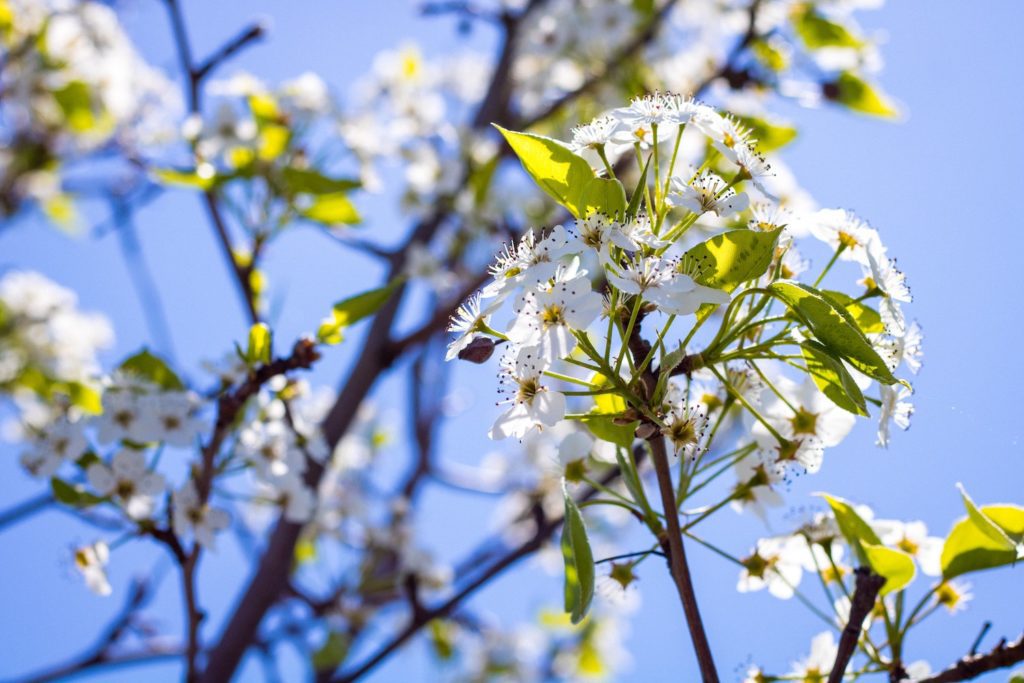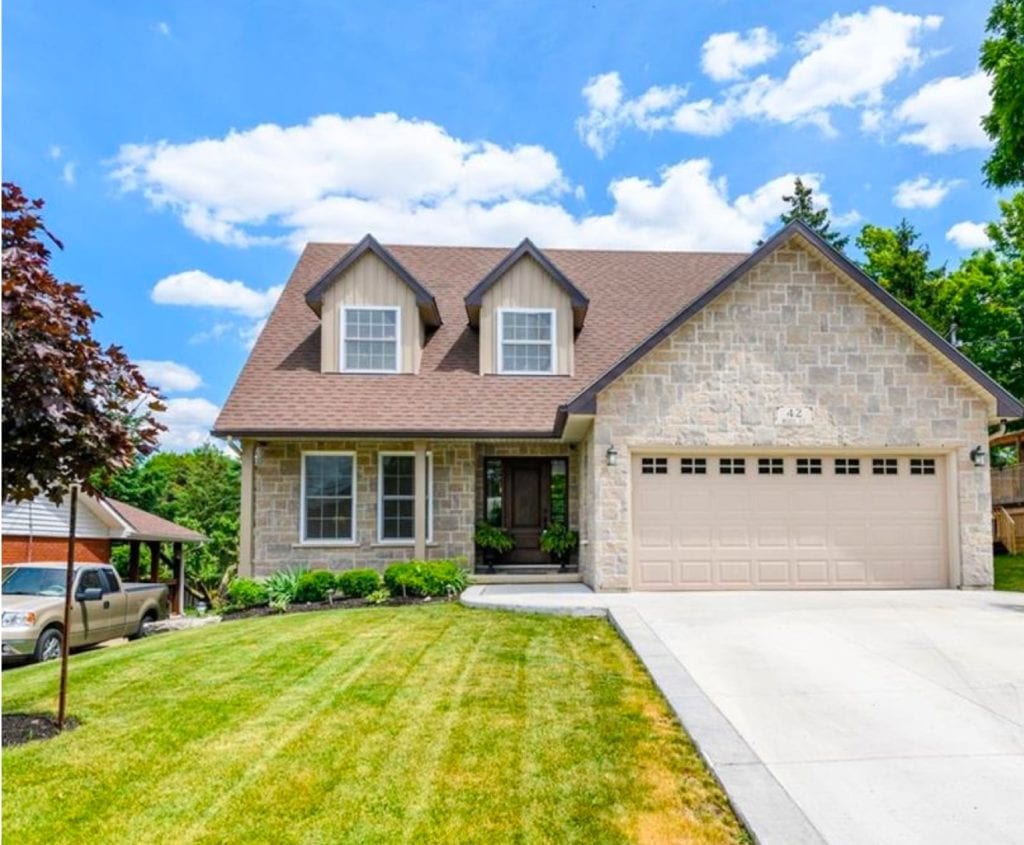
It’s official: Hamilton isn’t “steeltown” anymore. Over the last decade it’s been shedding this old rep, building a new one as an up-and-coming, urban culture centre.
A big reason? James Street. Once a thriving live-work-play community of the fifties, James Street had a rough patch. Its neighbourhood, Beasley (to which James St. is the westernmost border), became known as one of Hamilton’s poorest neighbourhoods.
Now, thanks to a revitalized arts and culture scene, a growing population, and proximity to the best of Ontario, Beasley (and the rest of Hamilton) is on the up-and-up.
A 5-Second History
Beasley is one of the oldest areas in Hamilton. As one of four original neighbourhoods (the others bring Central, Durand, and Corktown), the area is rich in history, architecture, and maybe just a few ghost stories.
It’s named for Richard Beasley, a political figure and soldier in the late 18th century, who went on to be one of Hamilton’s first settlers. Despite financial troubles, Beasley is not immortalized in the neighbourhood, its streets, and in Beasley Park.
As one of the earliest areas to be developed, Beasley was also the site of Hamilton’s original industries. From the Grand Trunk Railway to the Upper Canada fur trade all the way to Hamilton’s steel town origins, Beasley is steeped in industrial history.
What’s Happening Now
Beasley has shed most of its reputation, and neighbourhood pride has replaced it. Hip shops, cafes, and updated Victorian-era homes border tree-lined streets. Local hideaways, like Listerine Alley, feature (purposefully) graffiti-inked garage doors, hand-painted art, and clean, accessible green space.
It hasn’t been easy. In 2006, the Hamilton Spectator dove into the area, uncovering a widespread story of poverty and unemployment. There were zero recreation centres or pools, and residents were 2 and a half times more likely to live below the poverty line.
In the past few years, Beasley’s been heating up. Rising home prices, an inner-city housing market on fire, and a rapidly increasing population mean that the area is changing.
But it takes more than just increasing rents to change a neighbourhood. Local pride has taken off, shown in guerilla art, community action, and rapidly-growing food scene.
The Real Estate
We dove into Beasley’s real estate in 2017, pulling some of the most important information for buyers and sellers looking at the area. Check it out!
How else has it changed?
Much like the rest of Hamilton, rents are going up. House prices are trending upwards. And commercial and residential growth is happening faster than most places in Ontario.
It means we might see an entirely new Beasley in a few years. Want to be a part of it? Learn how to join one of Canada’s oldest neighbourhoods. Contact us today.



